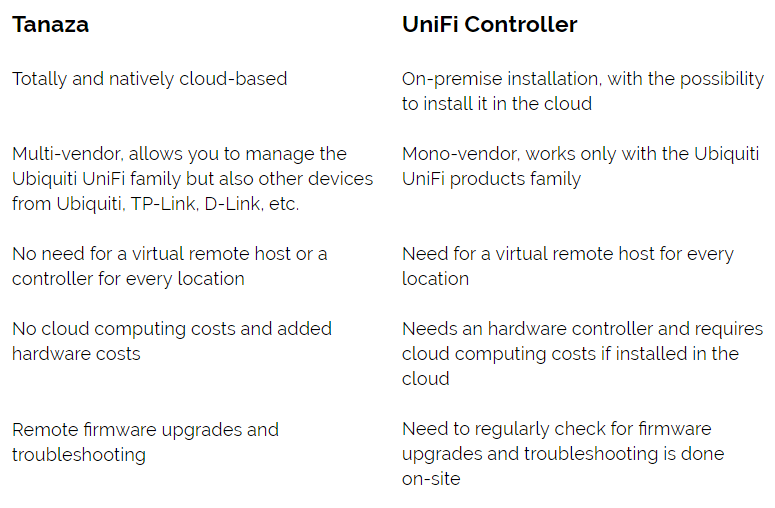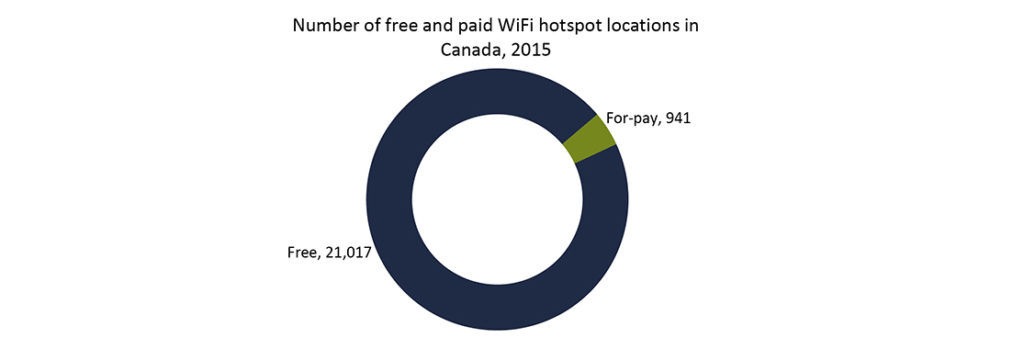In this post we will discuss how Wi-Fi on public transportation vehicles is key to improve public transports’ quality. In particular, free on-board Wi-Fi helps to improve the commuters’ travel experience, optimize public transport planning and increase public transport ridership for a more environmental-friendly society.
The introduction of free Wi-Fi on public transports is increasing mass transit accessibility. In fact, more and more people are getting attracted by Wi-Fi availability on public vehicles, such as buses, subways and trains. Let’s see how Wi-Fi can improve the public transport’s quality and the passengers’ experience.
Wi-Fi helps increasing ridership and improving the user experience
Transit agencies can encourage people to opt for public transportation by leveraging free on-board Wi-Fi, given the increasing demand for Wi-Fi on transport services. According to a report by Ericsson, 48% of people in New York and São Paulo and 40% in London browse the internet while on public transit vehicles; 54% of commuters in New York and 40% in London visit social networks while using public transport; 70% of people using public transport in New York, 62% in London, 51% in São Paulo and 47% in Shanghai send text messages. The study also reveals how people that use public transport are more flexible than those who travel by car. For instance, digital amenities are increasingly impacting commuters, who can access free Wi-Fi on a train to run many tasks, i.e. check emails, listen to music, send text messages, stream videos, use social networks while commuting to work, instead of being stuck in the traffic with their cars. Also, tourists can benefit from free Wi-Fi en route on buses in order to get in contact with their families or access their social networks to share pictures with their friends. Wi-Fi is also useful to get real-time updates about the public transportation system itself, as the captive portal can include weather information, public transport timetables, tools to calculate the best routes, etc. In this scenario, Wi-Fi can turn into a helpful hand to meet passengers’ expectations and, accordingly, a valuable selling strategy to increase ridership on mass transit.
A successful example of free Wi-Fi available on mass transit is the UK Government’s SuperConnected cities initiative, whose aim is to provide free public Wi-Fi on public transport. Nine cities (Leeds, Bradford, Oxford, Manchester, Salford, York, Edinburgh, Cardiff and Newport) joined the program and equipped many trams, buses and trains with free Wi-Fi, largely improving daily commuting, as data shows: “713 buses and 27 trams in Edinburgh (2.6 million unique users); almost 300 buses in Oxford (more than 100,000 users); 224 buses in Cardiff (almost 90,000 unique users); 24 Trains and a similar number of buses in Leeds and Bradford (with more than 600,000 unique users now using the service)”.
Wi-Fi analyzes passengers’ behaviors and optimizes public transport planning
Given the increasing usage of Wi-Fi-enabled mobile devices, i.e. smartphones and tablets, Wi-Fi can be effectively used to improve transportation services and, in doing so, boost public transport. For instance, Wi-Fi allows tracking how many passengers connect to each device, which is extremely useful to optimize public transport services and planning. Indeed, in order to get relevant information about vehicles’ occupancies, it is generally possible to count manually people in an area or rely on cameras strategically located to detect images of vehicle occupants. By virtue of Wi-Fi, obtaining real-time information about people on public transport vehicles can get much easier! The Wi-Fi communication system, indeed, allows to gather information about users connected. Accordingly, it becomes simpler to get insight about the number of passengers onboard, provided that the majority of them have a Wi-Fi-enabled device.
Furthermore, free on-board public Wi-Fi can be very effective to gather users’ personal data, i.e. age, email, phone, birthday, etc., which transit agencies can leverage to optimize their selling strategies and improve their services. For instance, it is possible to know how many times passengers travel on a bus: based on this, the company can offer returning passengers a special discount on their next route. In this way, passenger will be more engaged and more keen to choose your company again for their next travel. With the Tanaza Dashboard, the intuitive and user-friendly platform that makes Wi-Fi analytics and statistics simple, this is possible and very easy. You can select a time period (day/week/month/custom date range) to see detailed data of your Wi-Fi hotspot’s clients. Furthermore, you can export via CSV or XLSX your data to save it in a personalized list.
Wi-Fi on transit facilitates the development of a sustainable society
According to the The Urban Mobility 2.0 index developed by Arthur D. Little, by 2050 67% of worldwide population will live in urban areas and urban transport demand will drastically increase. Indeed, “by 2050, the average time an urban dweller will spend in traffic jams will be 106 hours per year”. Consequently, cities have to be ready to face the upcoming challenges related to new mobility needs and can do so by virtue of Wi-Fi. Indeed, as Wi-Fi available in mass transportation vehicles is widely becoming an appealing tool to attract potential passengers, it is likely that more people will switch from private vehicles to public transportations when traveling. In doing so, the whole society can largely benefit from Wi-Fi in terms of sustainability: more public transport means less air pollution and less traffic congestion. Furthermore, free Wi-Fi on-board can increase the quality of life of commuters, who would effectively spend their time performing different online activities during their long daily routes.








 Source:
Source: 

